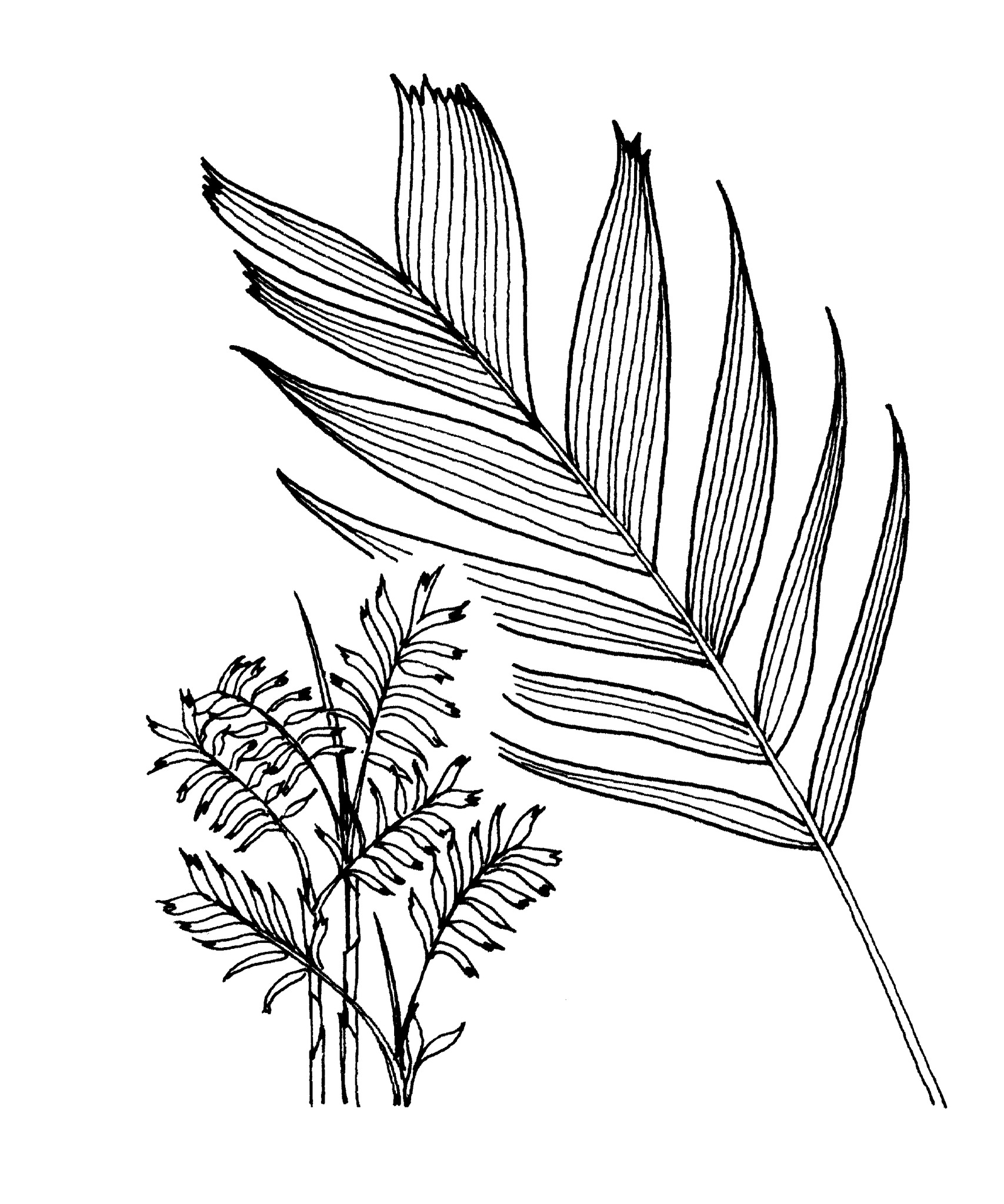
From Pinang, Malayan name for palm.
Small to tall solitary or clustering spineless and stemless palms. Trunks usually ringed, occasionally with stilt roots. Crownshaft, usually present, often colourful. Leaves simple, undivided, and with or without an apical notch, or feather-shaped. Leaf stalk present or absent. Leaflets regularly or irregularly arranged folded once or more. Flowers unisexual, both sexes on the same plant. Panicles usually from the base of the crownshaft, often with colourful branches. Fruit variously shaped, small, orange, red to brown, or green, often black when mature, 1 seeded.
Excellent horticultural palms from moist shady forests in warm areas. Many species are of small to moderate size with an interesting range of leaf shapes as well as colourful new leaves, inflorescences and fruit. Many species are grown in the tropics but few have proved to be successful in colder climates. Some species have mottled leaves. A genus much in need of revision.
Fresh seeds germinate 1-3 months from sowing.
Leaves used locally as a thatch and the fruits occasionally as a betel substitute.
Variable small to moderate sized simple or feather-leaved palms usually with a colourful crownshafts, flower clusters and fruits.
About 130 species in Asia, SE Asia and from Malaysia to New Guinea.
Dransfield (1980).
Source: (2005). Arecaceae. In: . Horticultural Flora of South-eastern Australia. Volume 5. Flowering plants. Monocotyledons. The identification of garden and cultivated plants. University of New South Wales Press.
